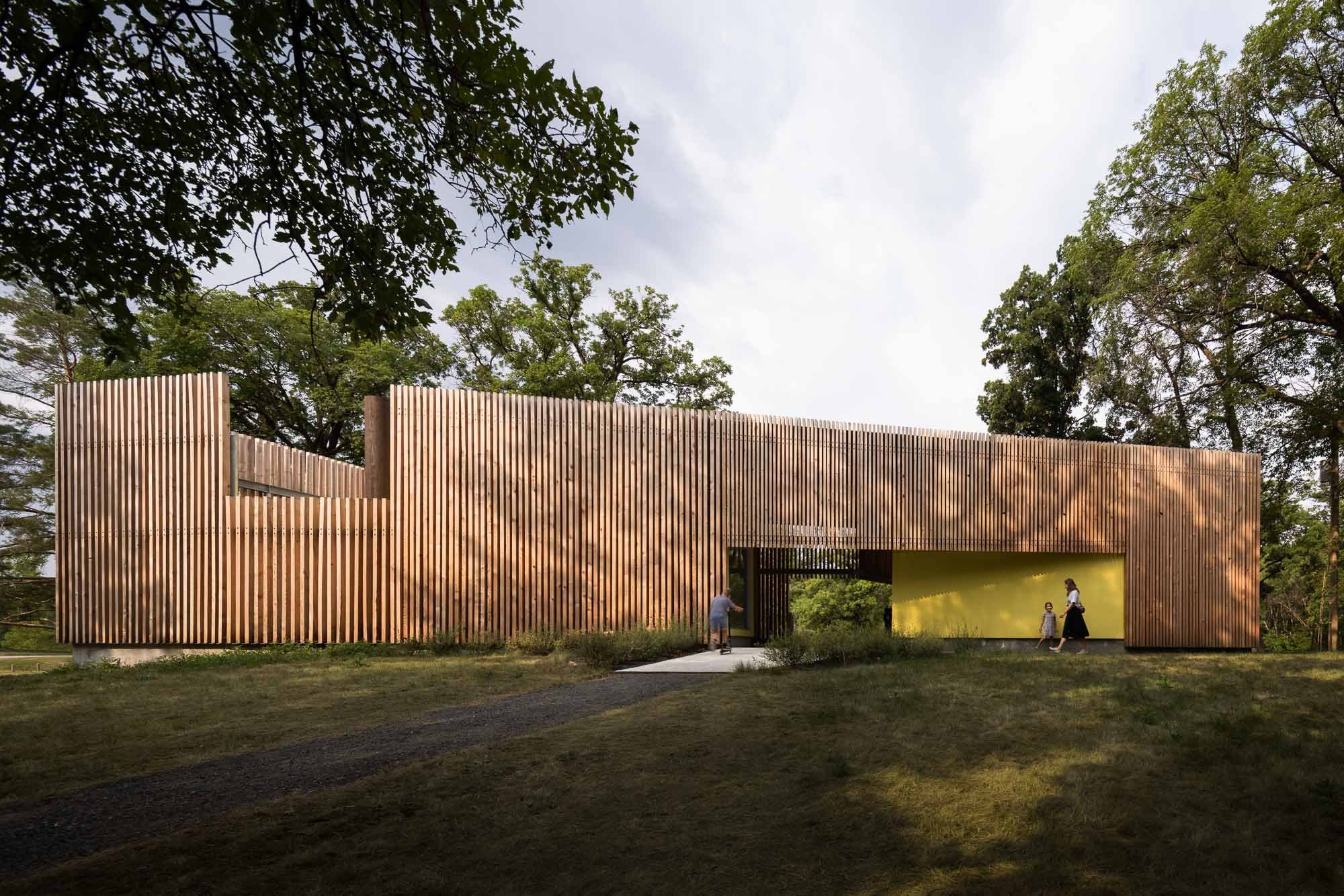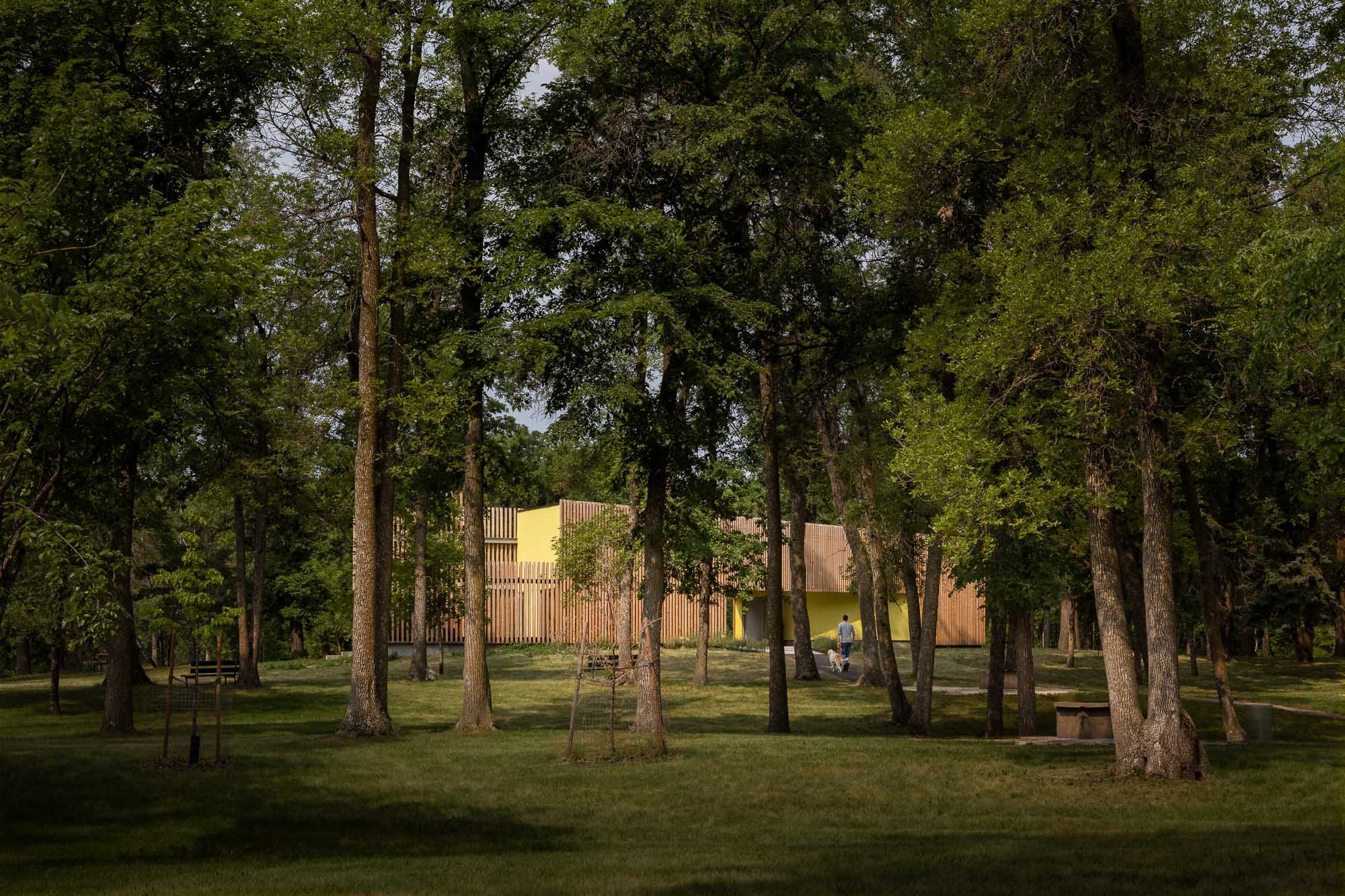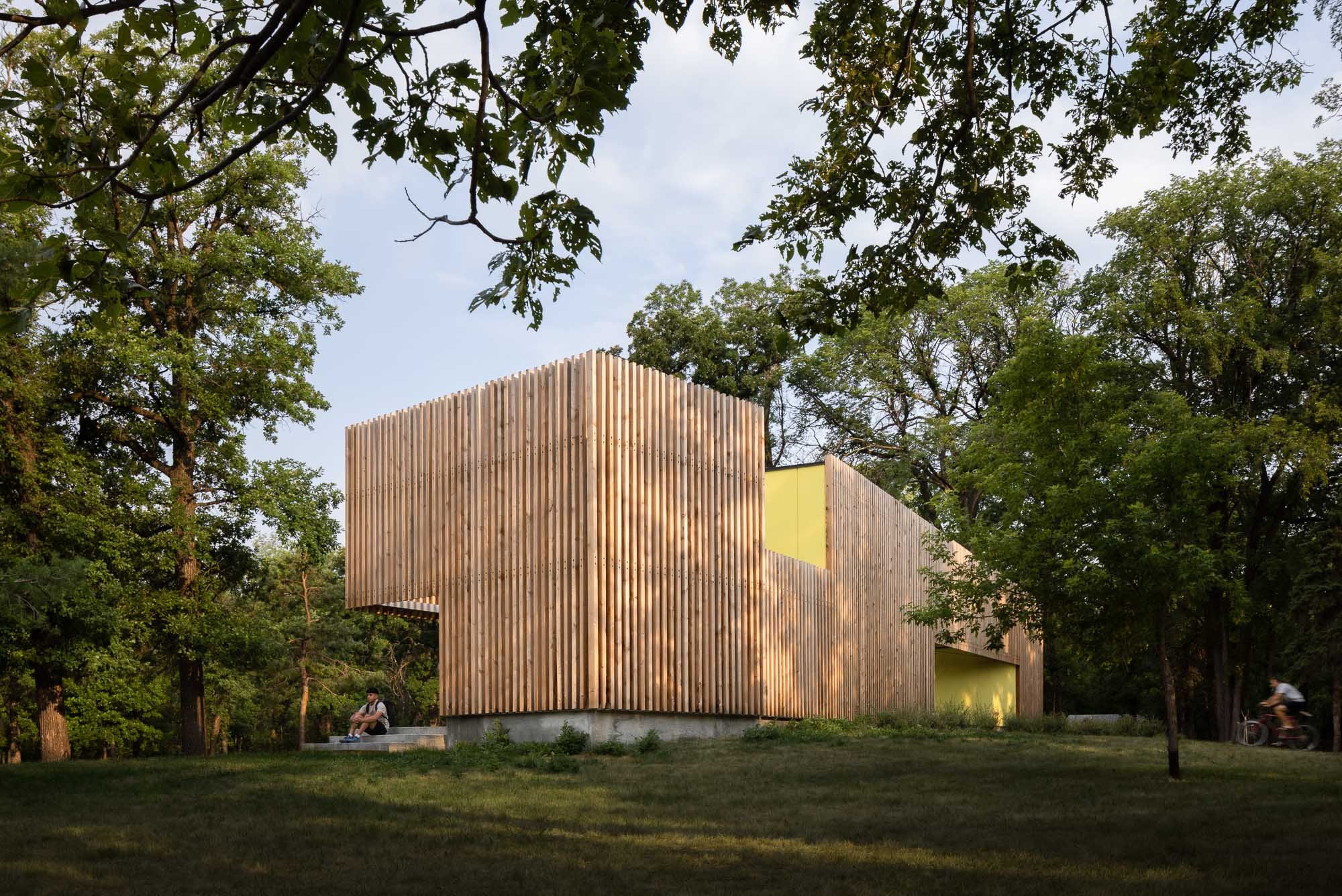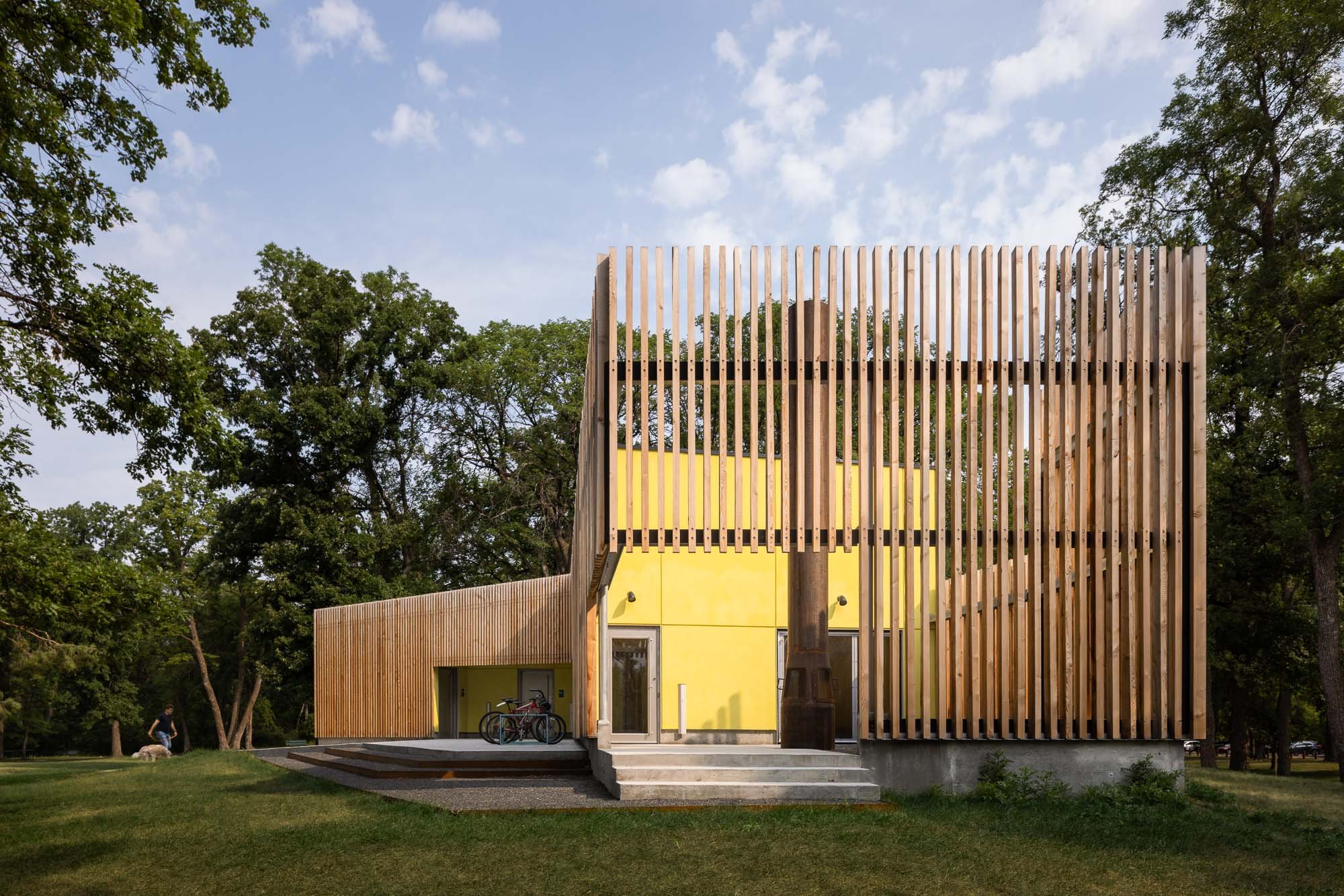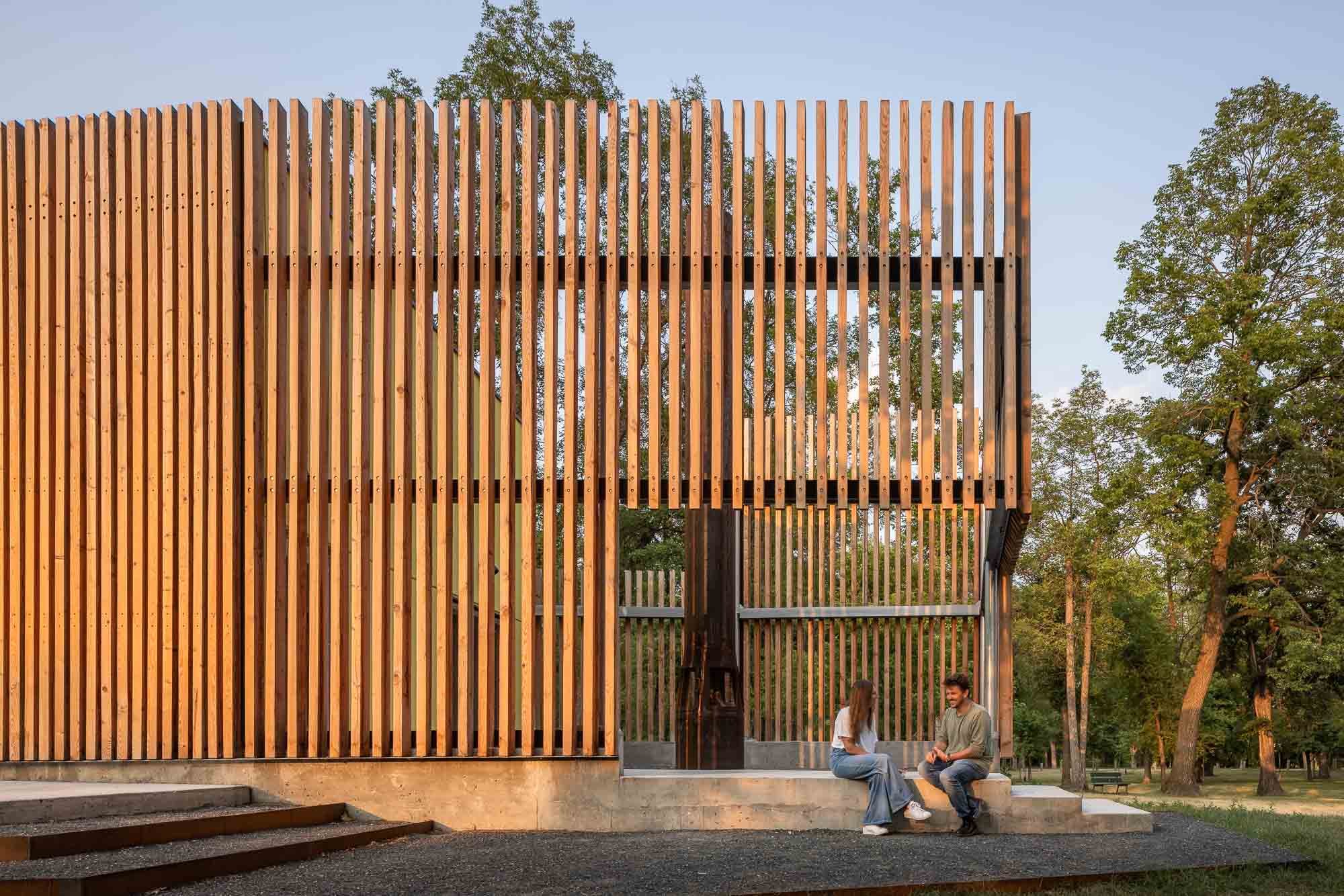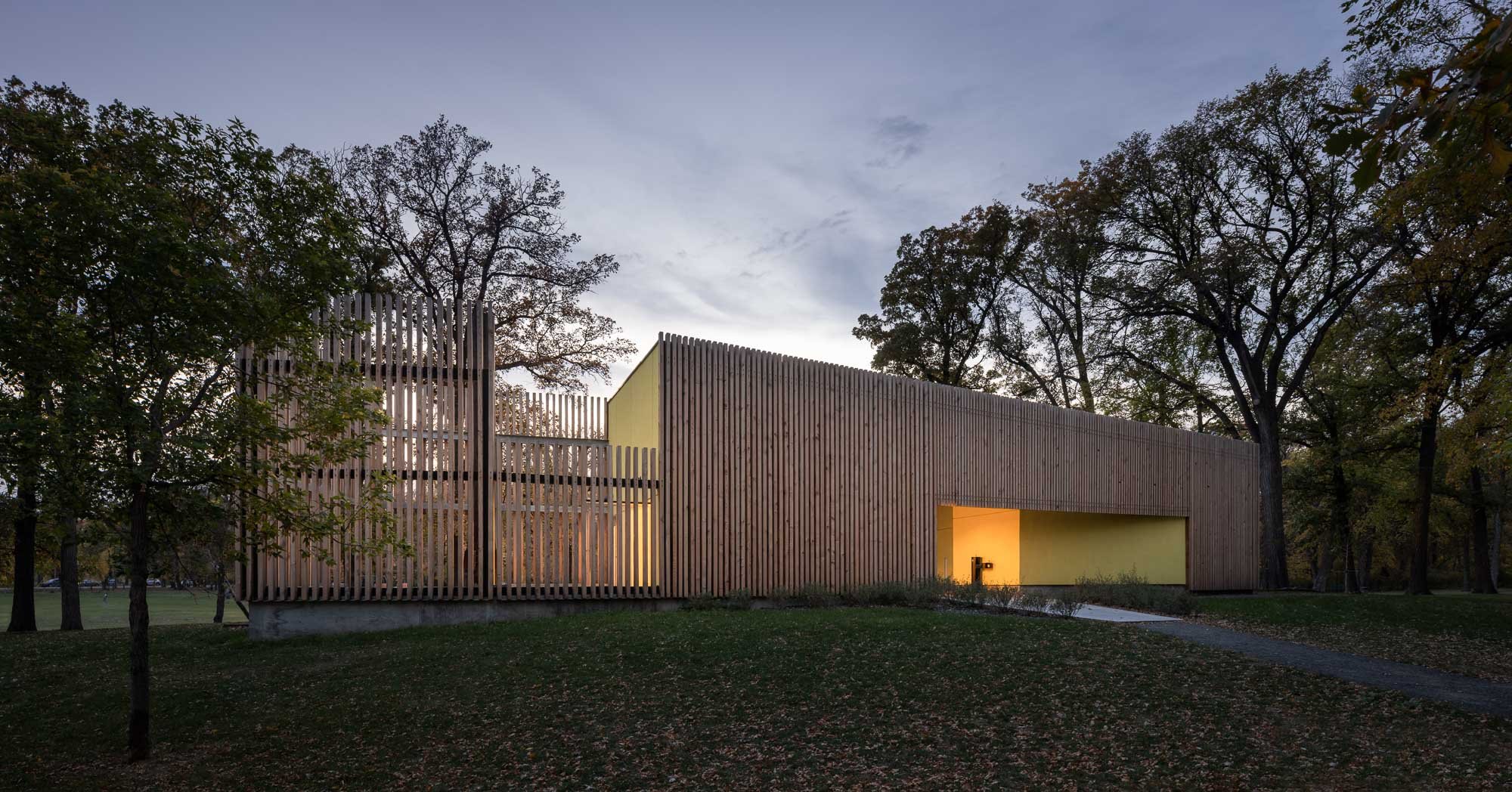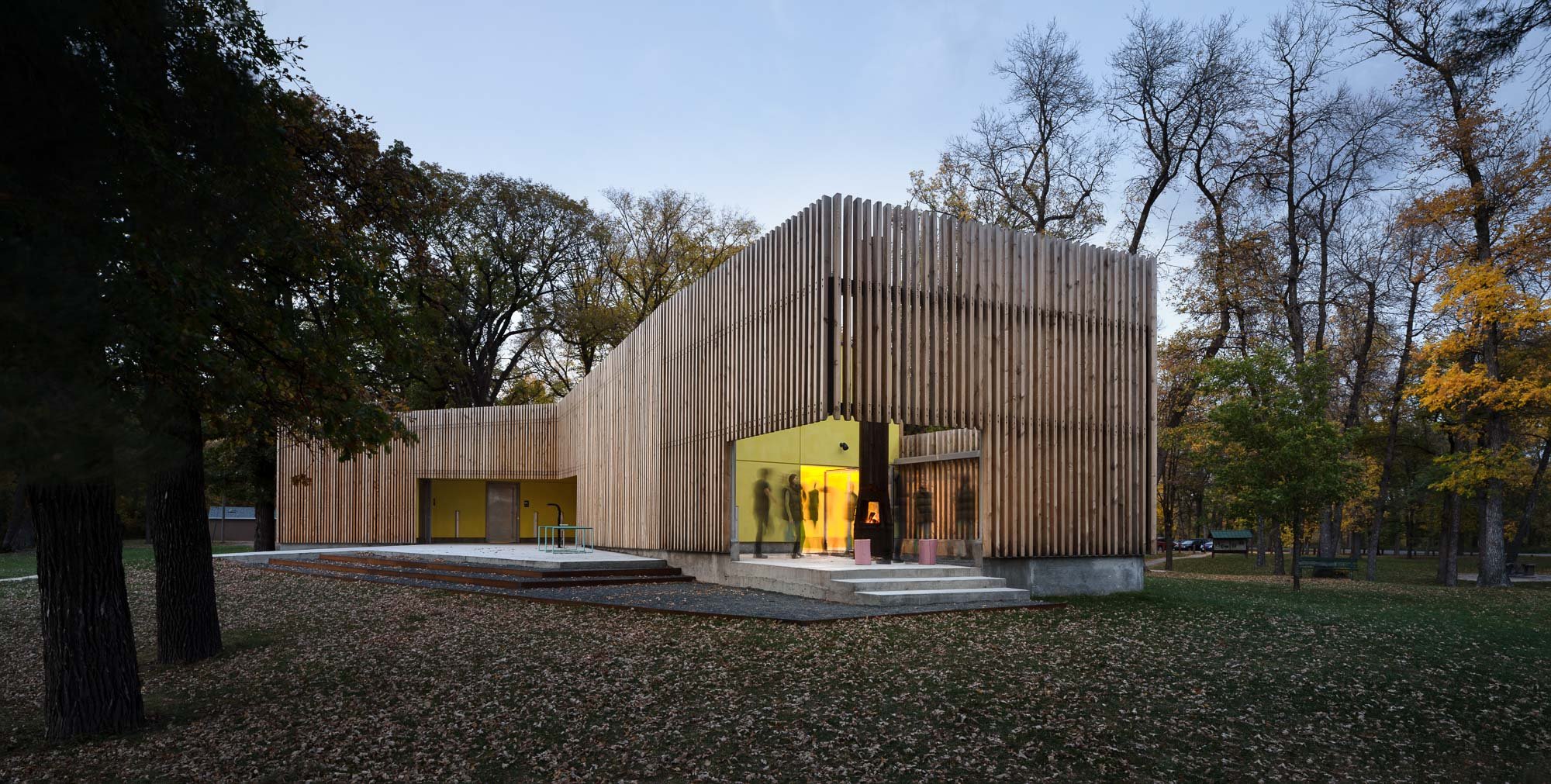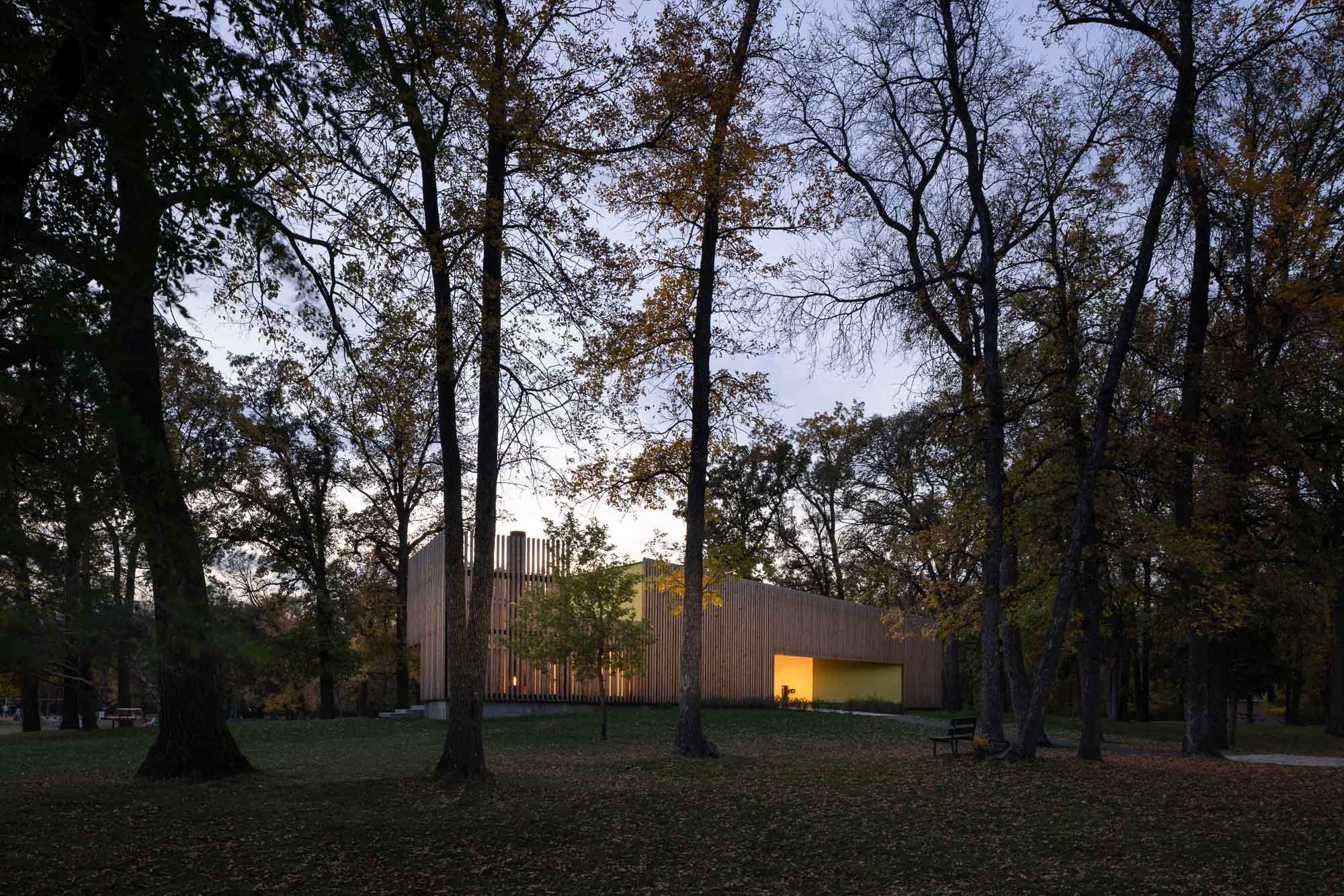FOREST PAVILION
Public City Architecture
Winnipeg Architecture
Winnipeg Landscape Architecture
Crescent Drive Park Pavilion
Urban park design Winnipeg
Winnipeg Landscape Architecture Firms
Winnipeg Architecture Firms
Architecture Firm Winnipeg
Architecture Firm Tortonto
Landscape Architecture Firms Winnipeg
Landscape Architecture Firms Toronto
Manitoba Association of Landscape Architects
Manitoba Association of Architects
Ontario Association of Landscape Architects
Ontario Association of Architects
Urban Design Firms Winnipeg
Urban Design Firms Toronto


